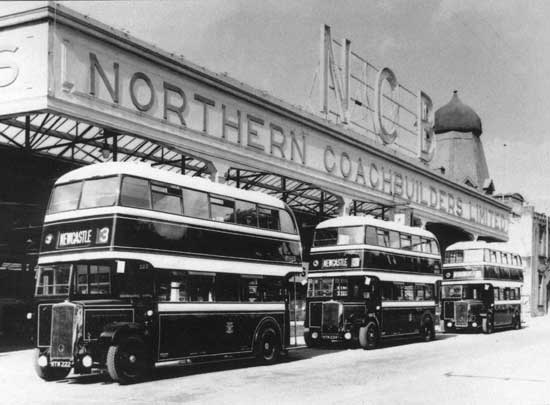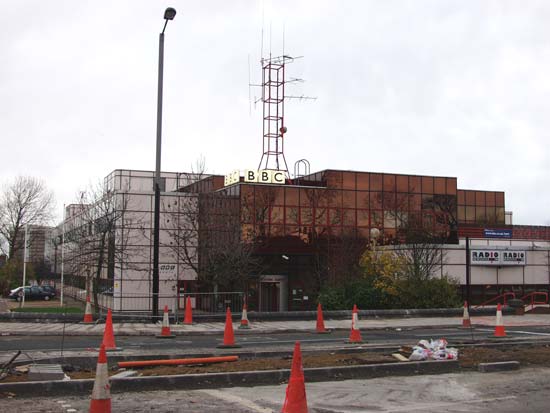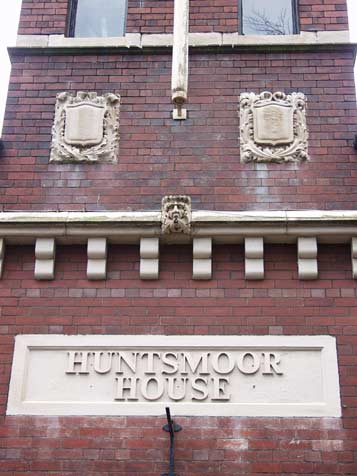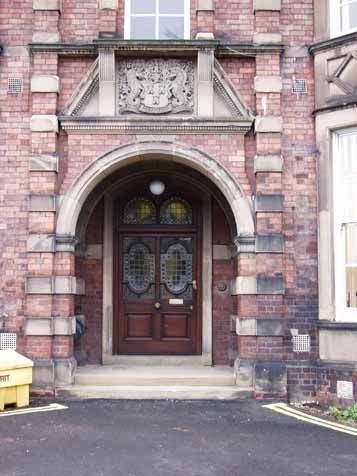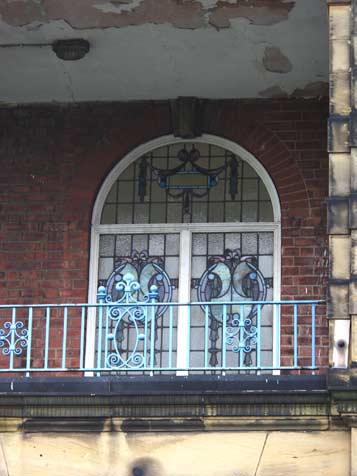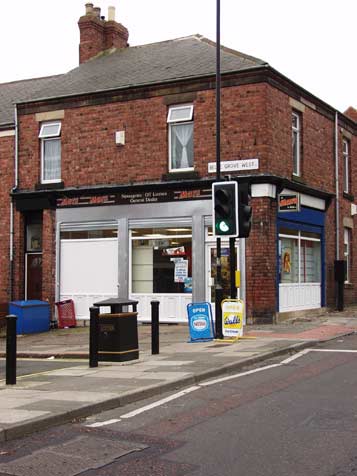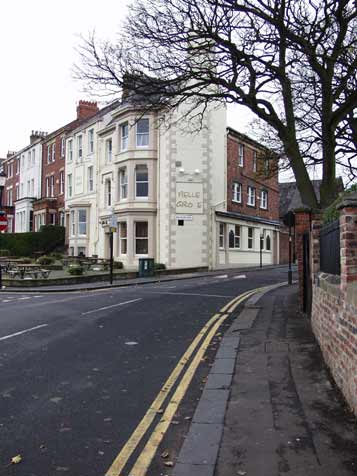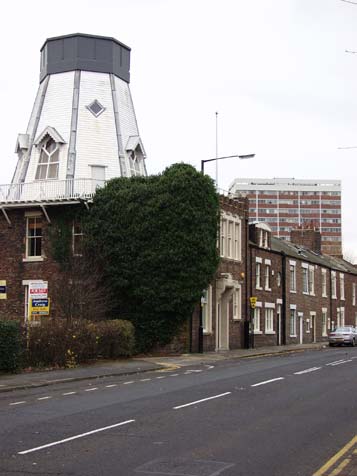|
|
|
Spital
Sat. 1st Dec., 2001 |
 |
 |
The name of this small area north west of the city centre is from the word "Hospital" and "Tongues", meaning
pieces of land at the margin.
King Edward I gave two tracts for the building of the Mary Magdalene Hospital. The
original hospital was founded in the 12th century to care for victims of leprosy, a disease brought to England by the Crusaders. It was where Lloyd's Bank now stands in Northumberland Street.
The
hospital was moved to the property of William Hunter adjacent to the Moor in 1883.
Huntsmoor House, Hunters Road, started out as an 1899 soldiers' home and is now used as a book warehouse. |
|
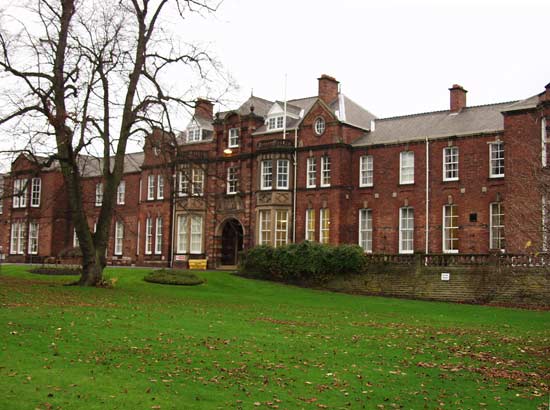 |
 |
|
The present hospital is now a rehabilitation centre, the main entrance is topped by the city arms. The
architect was Edward Shewbrook and it was opened to great pomp and ceremony on August 4th, 1893.
Although rather fussy and ornate by today's standards, the building has been adapted to modern use by
minimal but tasteful alterations.
There are some areas of dilapidation, but the fabric of the structure seems sound.
A small 1980s single storey administration and treatment block has been
added with the usual ramps and handles. |
|
|
|
|
 |
 |
|
This site, for many years called Home for Incurables, was considered pleasant being set in leafy surroundings. The
name would have been a bit of a give away to those patients sent here, I think.
Spital Tongues was considered to be a beautiful place, somewhat distant from the city, and its grassy approach is
maintained today by a portion of Moor called Castle Leazes.
This area had its own water supply. The little Pandon Burn came out of the ground at a spring here, before running its course to the Tyne.
Modern Barras Bridge, near St. Thomas' church is the site of a crossing. The old bridge arch still exists under the modern road in the river culvert below. |
|
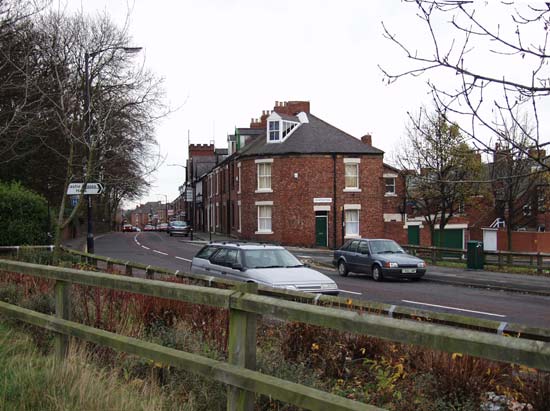 |
 |
|
The water source came above ground where that dark car is parked today. The view is looking along Hunter's Road, with
the hospital behind the wall on the left, and Fountain Row on the right. Huntsmoor House with its crenelated roof is centre on the right hand side of the road.
The right view is of the shop on the
corner of Belle Grove West and Hunter's Road. This store was first opened by George Arrowsmith in 1903 who sold it on in 1940.
It is now virtually the only shop in this district that once boasted a
Co-operative store and 27 other retailers. |
|
|
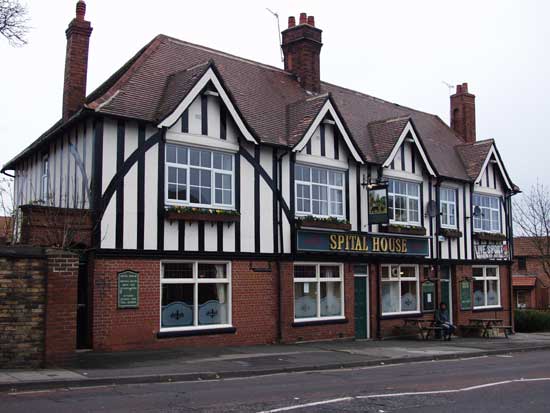 |
 |
|
Most buildings in this area were put up during the last decade of the 19th century; although The Spital House looks
older it is no exception.
Today there is a lively student population here and at the nearby Halls of Residence. These pubs are a magnet for youthful excesses and earnest world righting conversations.
The Belle Grove dates from 1857, and takes its name from the new title for the nearby lunatic asylum. The second white bay window on the left indicates house number 19, now part of the pub, that
was the home of local artist, Ralph Hedley, until his death in 1913.
Bell Grove Terrace, to the left, was also once the home of T. Dan Smith, 1960s revolutionary city planner. |
|
|
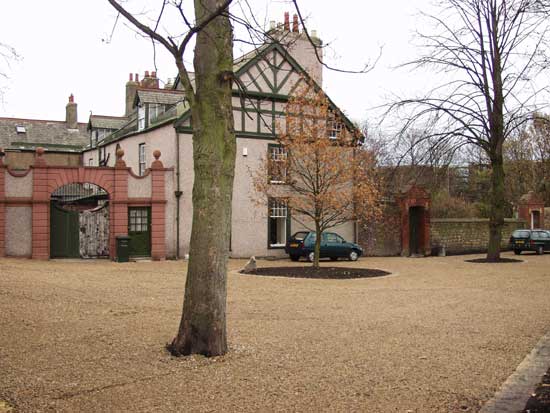 |
 |
|
Above is the house now called "Whiteknights". It was originally called "New House" until being bought by Dr. A. Hall in 1766 and
opened as a lunatic asylum. He renamed it St. Luke's. In 1795 it was taken over by Dr. Steavenson who changed the name to "Belle Grove Retreat". It became a private house in 1857 and took its present name in 1900. The
current owner has fenced it with high walls, and no vantage point for viewing the frontage, through the small archway on the right, is now available.
In 1836 the Spital Tongues Colliery opened. The owners,
Latimer and Porter, were refused permission to build a waggonway to the Tyne across the moor and city, so they burrowed a 4 km (2.5 miles) tunnel from here to the Quayside. The Victoria Tunnel, used as an air raid
shelter during World War II, still exists, but visitors are discouraged, and the entrance is cunningly hidden. Below is a periodic check being made in 1976. |
|
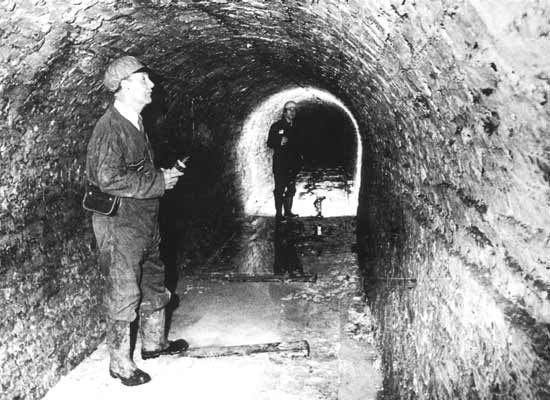 |
 |
|
The most recognisable building in Spital Tongues is the windmill at Chimney Mills.
It was erected in 1782 by
John Smeaton, Wakefield engineer famous for the Eddystone Lighthouse, to enhance the rustic quality of the area.
This mill was used as a golf club house for many years from 1891, its top and sails
were removed during the 1920s. Today it is a clothing design office.
This stretch of Claremont road is also called Chimney Mills, possibly referring to a destructive fire in 1788 that raised a tobacco
factory to the ground. (Hoorah!) |
|
|
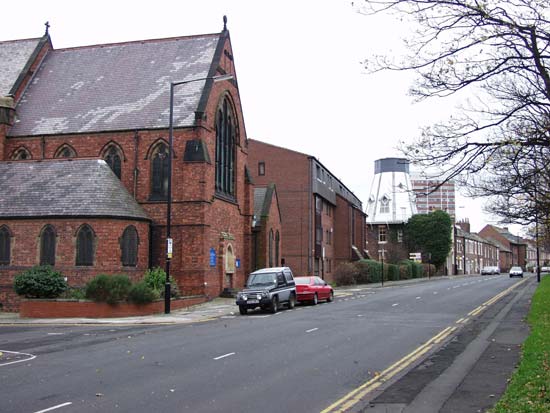 |
 |
|
Closer to the city centre than the windmill is St. Luke's Church, put up in 1887, standing on land donated by Christian Reid,
descendant of the founder of Ried's jewellers.
The block of flats between the church and the windmill occupies the site of the Northern Coachbuilders. This firm made bus and coach bodies from the early 1920s
until its closure in mid 1970s. Below, some 1939 buses await collection for the Newcastle Corporation fleet. |
 |
 |
|
©1979 Newcastle City Library |
 |
|
Finally, the southern edge of Spital Tongues is bounded by Barrack Road. Indeed, Fenham Barracks, home of the Royal
Northumberland Fusiliers until 1962, has only recently been turned to less belligerent use.
One occupant, on this prominent corner site, is the British Broadcasting Corporation. The studios for television and
radio were moved here from various cramped city locations in 1986. It is affectionately called the Pink Palace. Its modular rectangular construction looks as if it could be rearranged at will, like some demountable
stage set. Perhaps the architect was influenced by playing with Lego as a child! The foreground shows evidence of the massive road widening scheme underway here and along Ponteland Road to the left of this picture.
|
 |
 |
|
Site and contents (unless otherwise stated) © Tim. Pickford-Jones and Timmonet, Newcastle upon Tyne,
United Kingdom. |
|
 |
|
|
 |
|
If you should arrive here via a search, or be missing the navigation on the left hand side, click this button.
|
|







